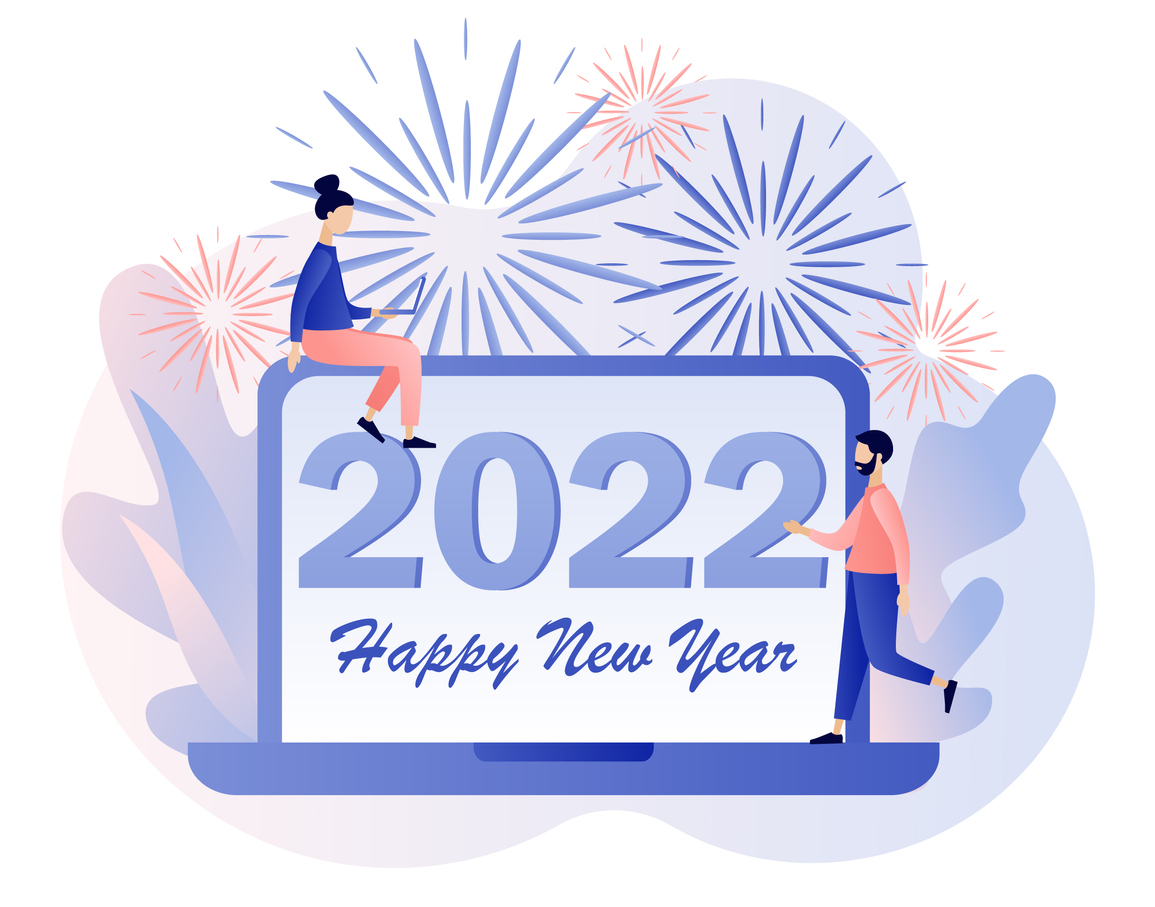By Peter Kelly on 19 January 2022
With a new year now upon us, our thoughts might have turned to making New Year’s Resolutions – those promises we make to ourselves at the start of each year.
Sometimes our resolutions may involve money. That is, we plan to save more, or spend less, or get rid of nagging debt by paying off our credit or store cards or paying off Afterpay or Zip Pay loans.
One thing I cannot fathom is – if the joy is in the giving of a gift – what joy is there is being financially burdened by the gifts we have purchased for weeks or months into the future, because we funded Christmas on credit?
Surely, this is not what Christmas is supposed to be about.
But I digress.
If our dream for 2022 is to get our finances into order, the start of the year is a good time to kick things off.
We need to prepare a “savings plan”.
Savings are the money we have left over from our income after all the spending is done.
This will require a little effort – consider it as homework for the holiday break.
To work out our savings, we need to set a plan for our spending.
Perhaps the best to estimate our future spending is to look back over the past. With most transactions now being conducted electronically, using electronic funds transfer or by scanning our card or phone, reviewing past spending is a relatively simply task. We simply need to log into our online bank statements. Some banks allow us to categorise our spending, thereby making the process of reviewing expenditure simple.
Ideally, we need to review the last 12 months of spending. This allows for expenses that only arise occasionally, not to be missed.
Expenses should be separated into three categories:
- Essential – the unavoidable - like food, shelter, clothing, transport, insurance, home maintenance, debt repayments, etc.
- Discretionary – entertainment, non-essential clothing, dining out, holidays, gym membership and subscriptions.
- Contingencies – emergency or unplanned expenses including unexpected car and house repairs, unplanned medical expenses, travel to visit a sick relative, and the like.
Past expenditure should be classified into one of these three categories.
With the summary of past expenditure at hand, it is now time to look to the future and estimate what the next twelve months is going to look like – spending wise.
Naturally any items not expected to recur in the future can be eliminated, but potential new expense types need to be added in. And don’t forget to consider the effect of inflation on spending. As a rough rule of thumb, increasing last year’s expenses by (say) 5% would be a good starting point.
When developing a spending plan, start with the “essential spending” category. Afterall, these are the expenses most likely to recur.
Then move to discretionary spending – however understand that if the planned savings target is not met, this is the category that will need to be trimmed first.
Finally, work on your contingency fund. As these expenses are unknown, it is usual to allocate a percentage of the essential and discretionary spending to cover emergencies – say 10 to 15%.
Finally, on the expenses side of the equation, once the total of all planned expenses has been tallied, divide the figure by the interval income is received. For example, if income is received fortnightly, divide the expenses by 26.
Bills do not always arrive evenly throughout the year but by knowing how much needs to be set aside each pay period to cover current and future expenses, money should be available when each payment is due.
The aim is not to spend any accumulated savings on unbudgeted items.
Now that a spending plan has been prepared, we can move to a savings plan.
As mentioned, savings is the money left over from our income after the spending, or allocation to future spending, has been made.
The key determinate to this is our income.
For those receiving income on a regular basis such as from a secure job, or a pension, some certainty can be achieved when planning out the year. However, for those receiving an irregular income, perhaps from casual work or from being self-employed, determining regular income can be more difficult.
Hopefully, and the end of this exercise, there is more money remaining after planned expenses have been accounted for. This is your savings.
If expenses exceed savings, the consequences can be quite depressing.
Should this occur, it is time to go back and review discretionary spending. If a deficit still occurs, essential spending needs to be reviewed. This can be difficult but considering alternative accommodation, selling the car, and eating less expensive food, all need to be up for consideration. Money should always be set aside for contingencies.
To be able to save, spending needs to be less than the income received.
In the happy event that there is now money left over after careful spending, that money should be set aside, ideally in a separate bank account, term deposit or investment, to be saved for a special purpose such as a holiday or home deposit. If the purpose is to accumulate more savings for retirement, making additional contributions to superannuation may be an option.
As adults, we all have an obligation, even if only to ourselves, to be financially responsible.
We need to live within our means.
As we embark on a new year, Mark and I would like to wish all our readers a safe, healthy, and prosperous year ahead.



comments